
 By Eliza Popova
By Eliza Popova
The article "Defense" talks about the irreplaceable contribution of these self-propelled guns in repelling attacks by the Russian Armed Forces in the first days of the war, as well as the future of these systems in the ranks of the Defense Forces. The author of the publication, journalist Vladyslav Khristoforov, writes that it is the 43rd Brigade that remains the only unit of the Defense Forces of Ukraine that is armed with these guns.
In the first weeks of the invasion, its gunners played a key role in the defense of the capital, delivering long-range strikes against the advancing Russian columns. 2C7 "Pion" was created in the USSR in the 1970s as a means of defeating specially fortified targets, including command posts and communication nodes. Also, the ACS could potentially fire tactical nuclear ammunition.
The self-propelled gun is built on the chassis of the T-80 tank, but received a diesel engine from the T-72, which ensured greater reliability at lower maintenance costs. The weight of one installation reaches 47 tons, of which 14. 5 are accounted for by the artillery system itself. "Pion" is capable of sending a high-explosive fragmentation projectile weighing 110 kg at a distance of up to 37 km. For comparison, the 155-mm projectile weighs almost half as much.
This energy of damage makes it possible to literally wipe out everything in the area of impact, leaving neither equipment nor buildings a chance. After the collapse of the USSR, Ukraine inherited 99 installations that were placed in long-term storage. The situation changed in 2014: against the background of hostilities in Donbas, a decision was made to restore "Peony". The works were carried out by the enterprises of the concern "Ukroboronprom" and the repair plant in Shepetivka.
"2C7 "Pion" were the newest machines in Ukraine. They didn't even have hours on their instruments. They came to such a state after 10 years of storage. . . Imagine that during this time they were standing in the open air, and not in storage. The tracks were standing completely in the mud," said Major General Ivan Lisovyi. By the end of 2014, 48 self-propelled guns were returned to service, forming the 43rd separate artillery brigade, fully armed with 203-mm systems.
With the beginning of the full-scale invasion, part of the division of the 43rd brigade met the enemy near Volnovakha, and the rest was transferred to the Kyiv direction. Already on February 25, 2022, "Peonies" opened fire on the positions of Russian equipment in the Gostomel and Irpen areas. Long-range artillery enabled Ukrainian forces to strike the rear of the advancing enemy, where control points, ammunition depots and crossings were located.
According to the recollections of the participants, several batteries fired almost non-stop, working in conditions of constant airstrikes and counter-battery fire. The most famous episode of its use is the destruction of a convoy at Vokzalnaya in Buch, where artillery from distant positions hit vehicles headed for Kyiv. These shots became a symbol of the power of Ukrainian artillery and one of the proofs of the failure of the Russian attack on the capital.
Khristoforov notes that despite the age of the system, "Pion" remains one of the longest-range guns in Europe. However, in modern conditions, military experts note several problems: However, the modernization project of these installations is still being considered: the installation of modern electronics, GPS navigation and digital ballistics can extend the service life of "Pions" for several more years.
At the same time, at the strategic level, the future of the 203 mm caliber is not seen in mass use, but in highly specialized long-range batteries designed for counter-battery combat and pinpoint strikes on the rear. It was previously reported that the Defense Forces had about 100 2C7 "Pion" self-propelled artillery units in service and in storage at the time of a full-scale invasion of the Russian Federation in February 2022.


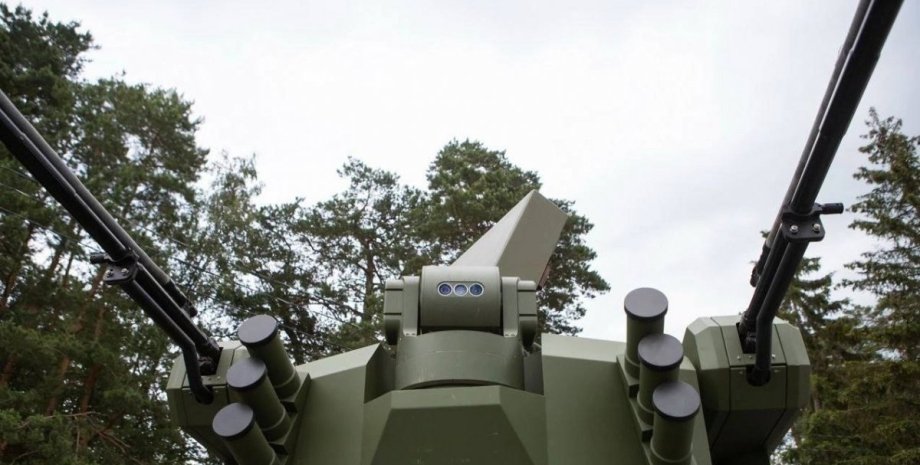

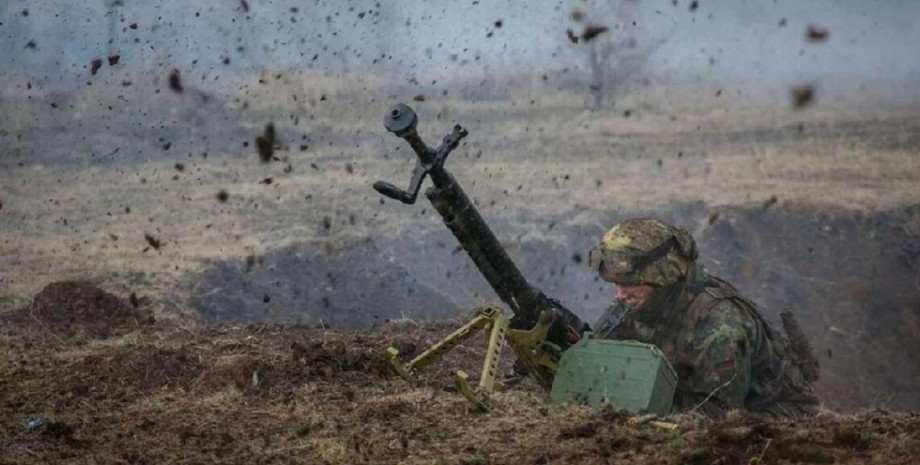

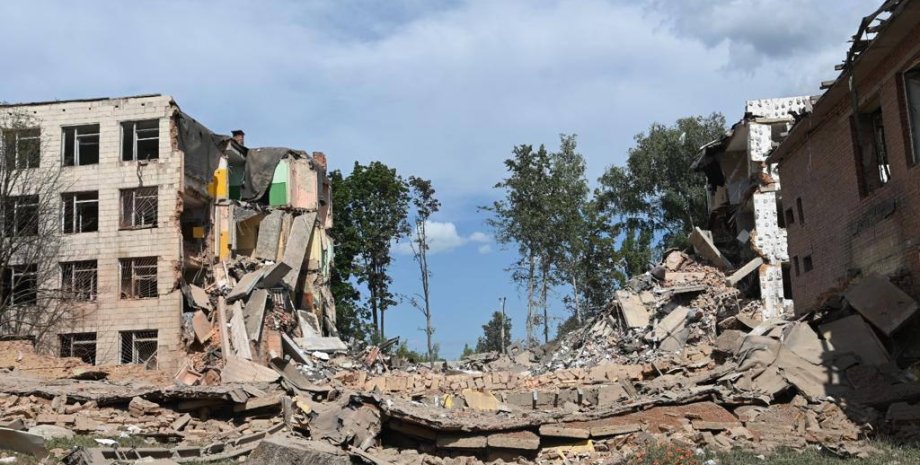
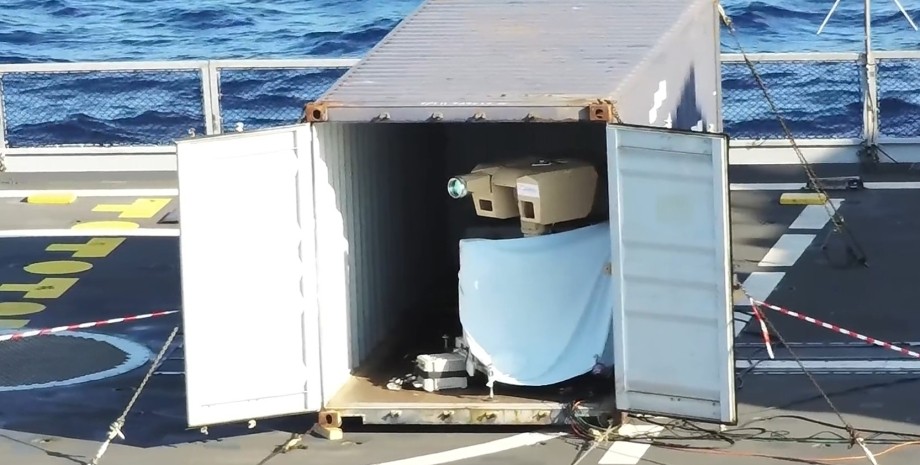

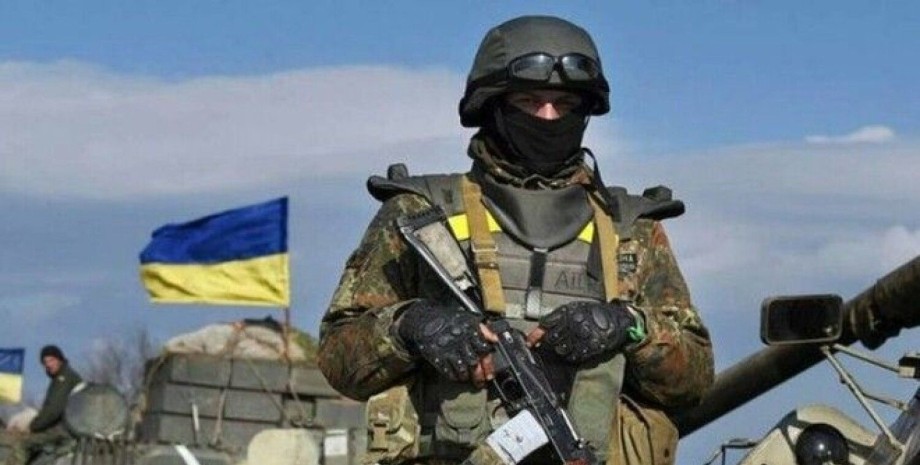
All rights reserved IN-Ukraine.info - 2022